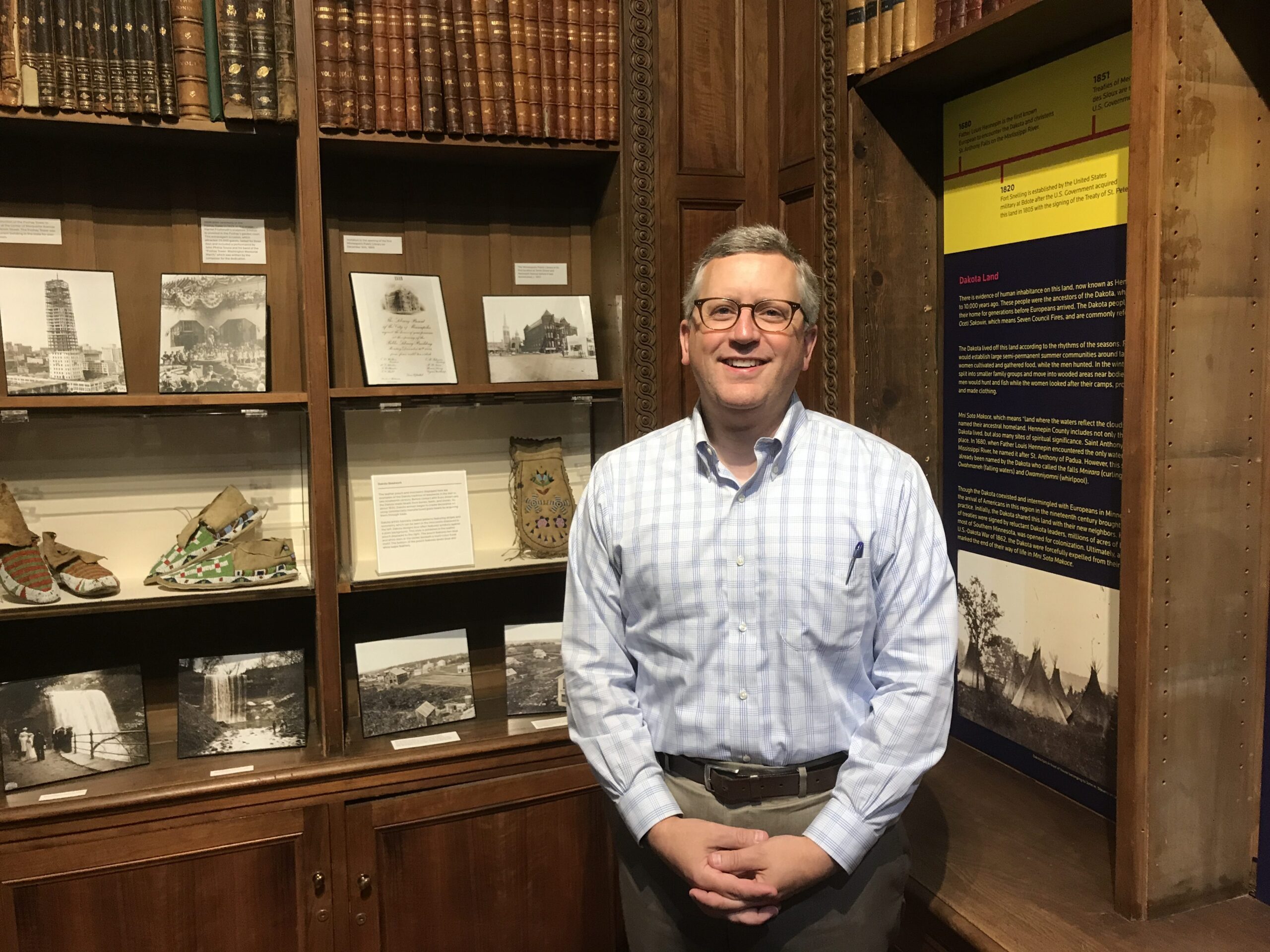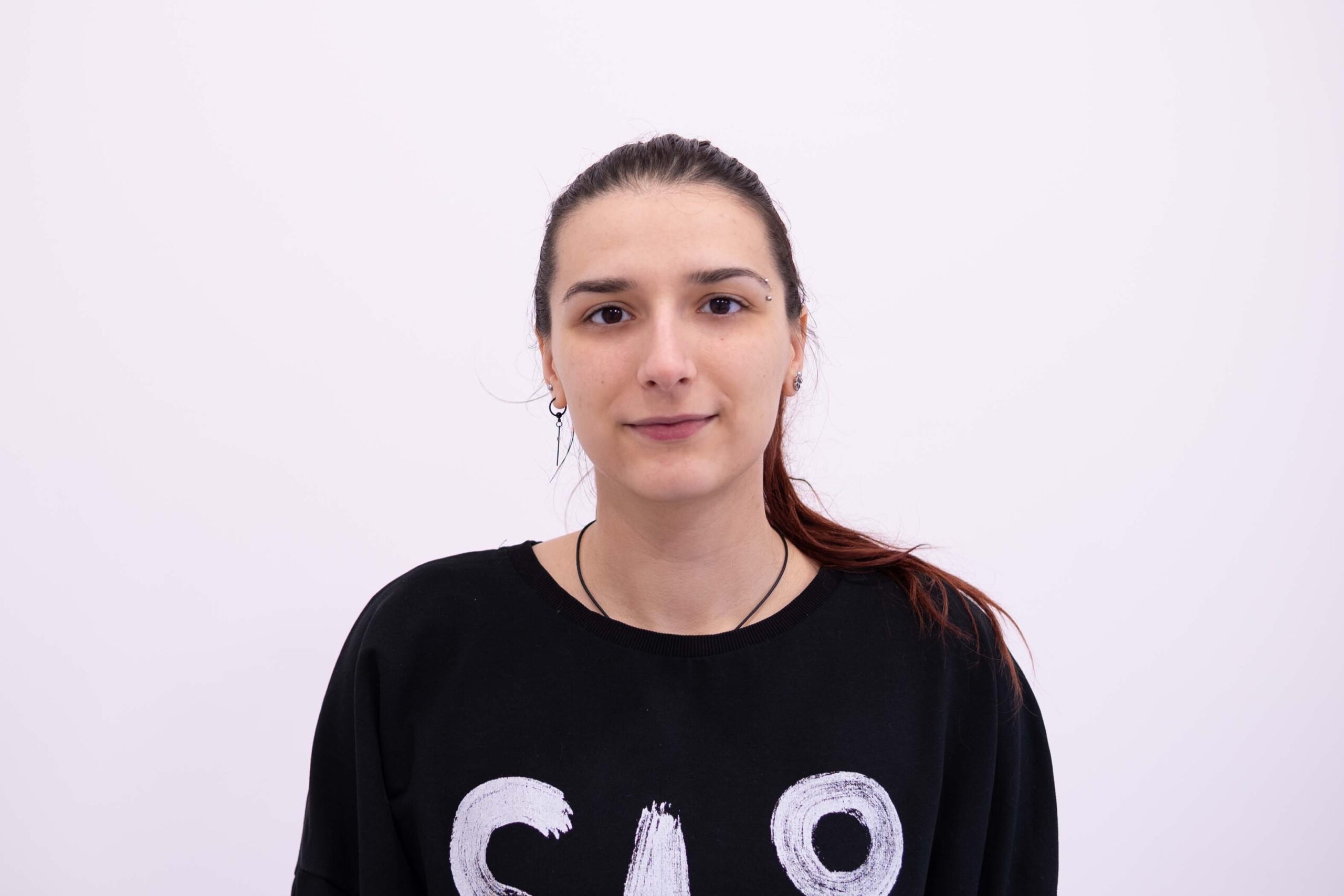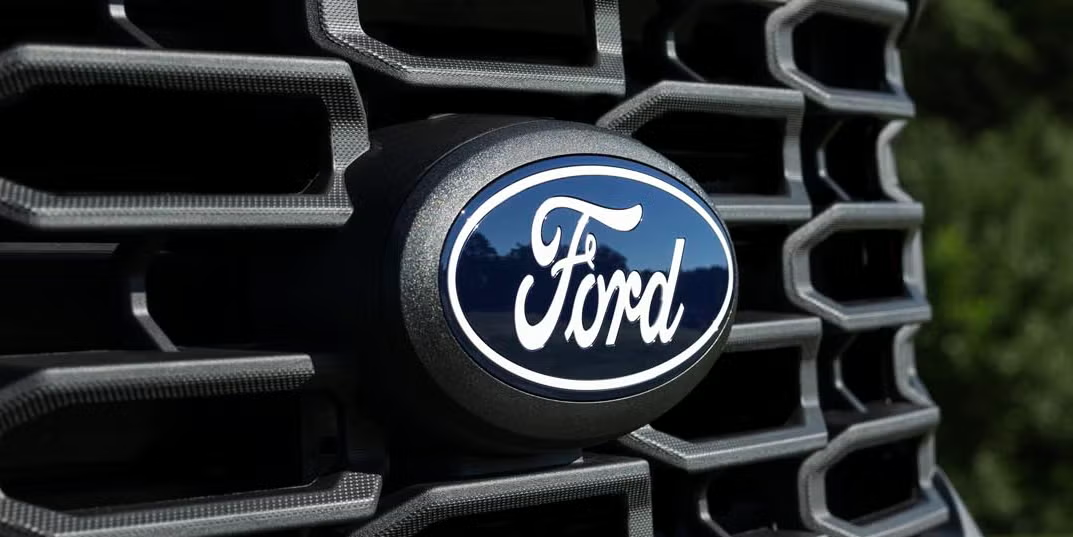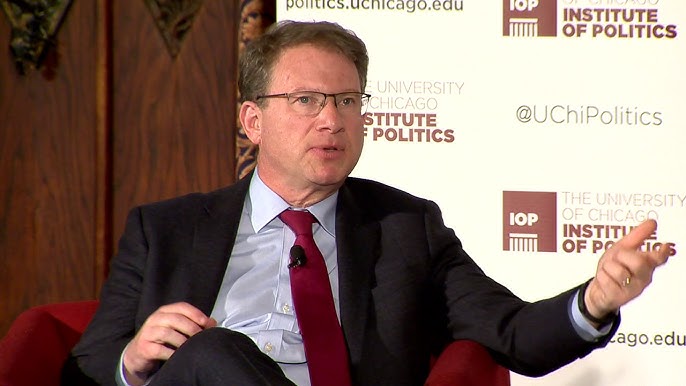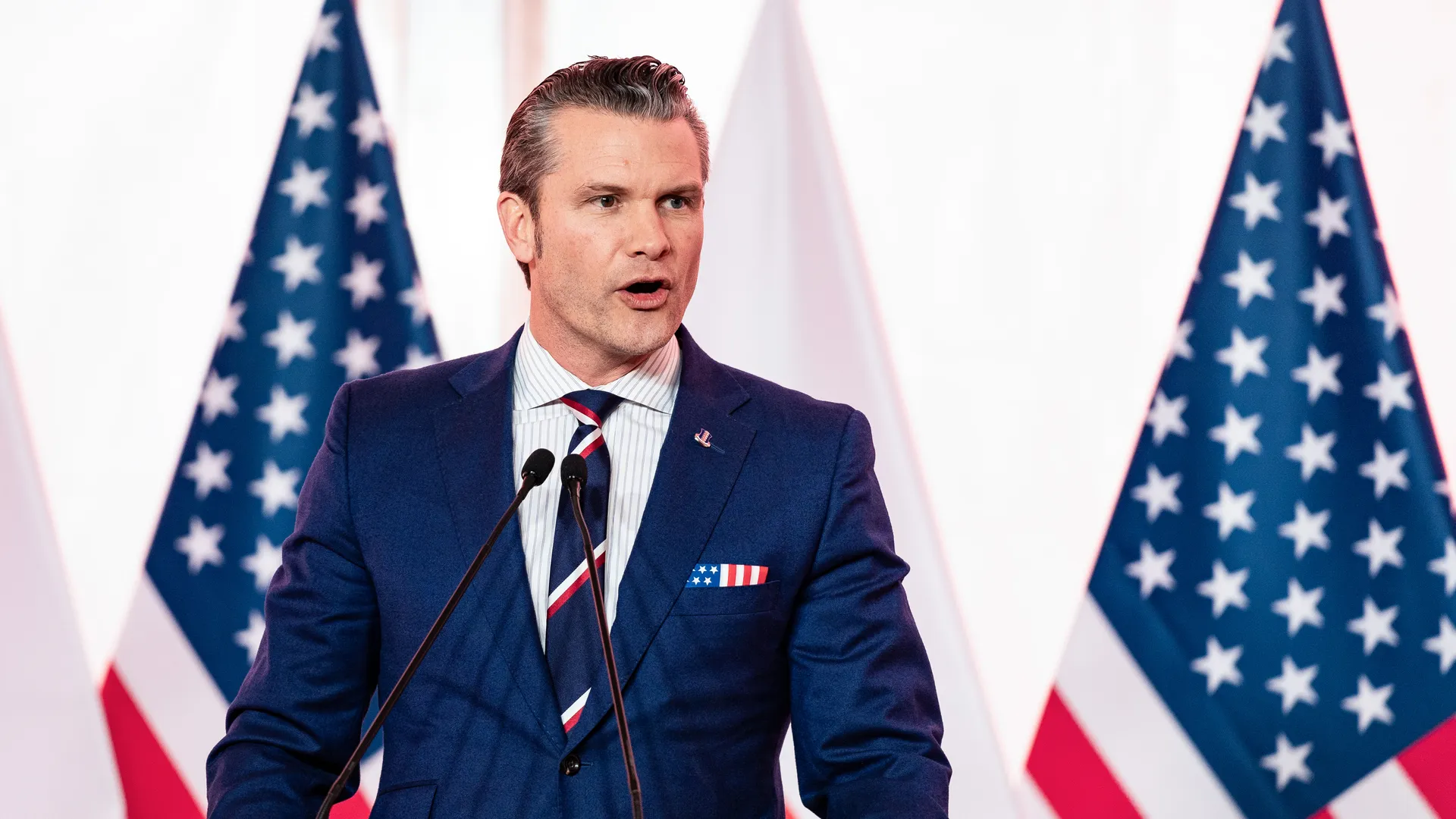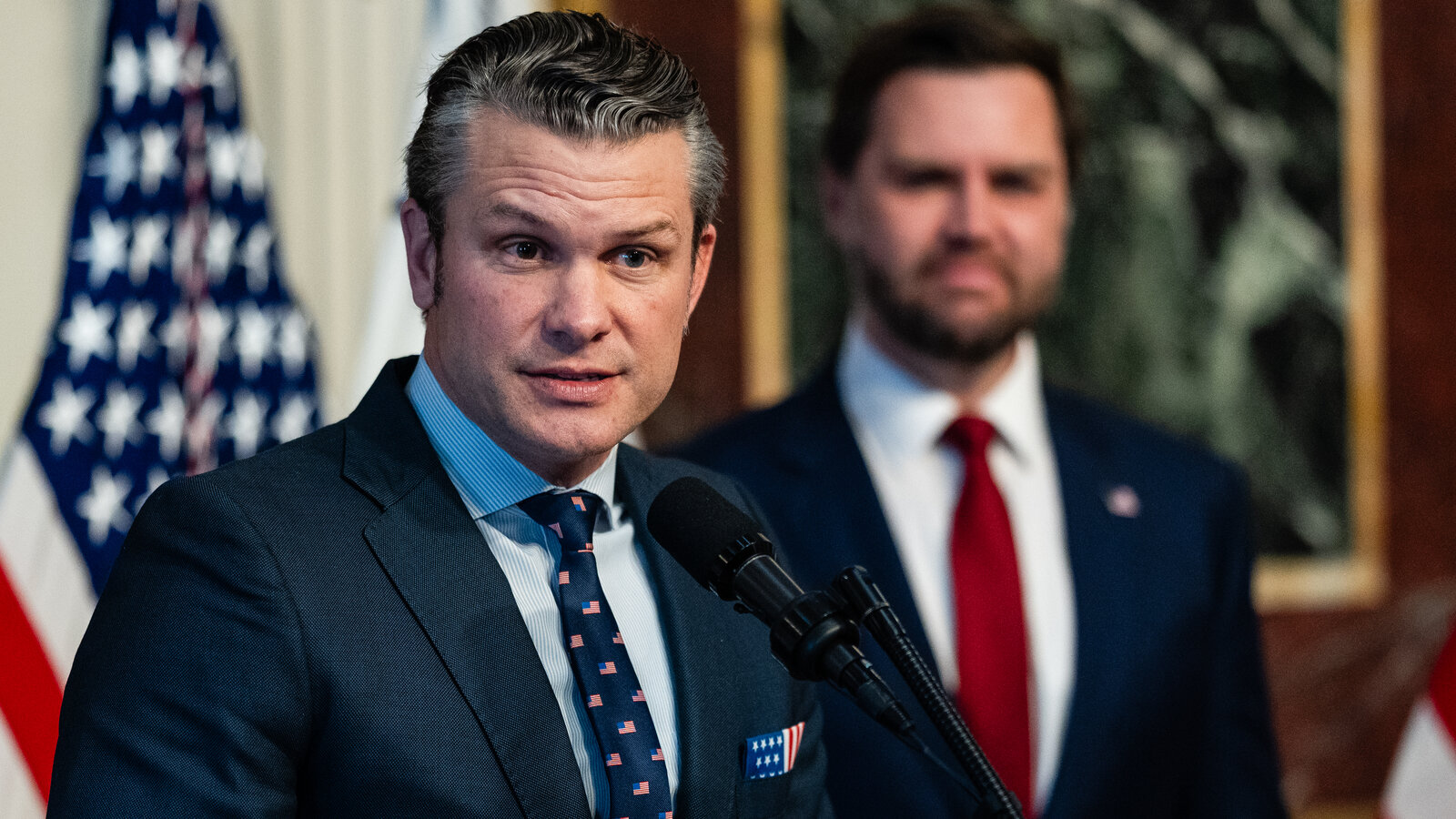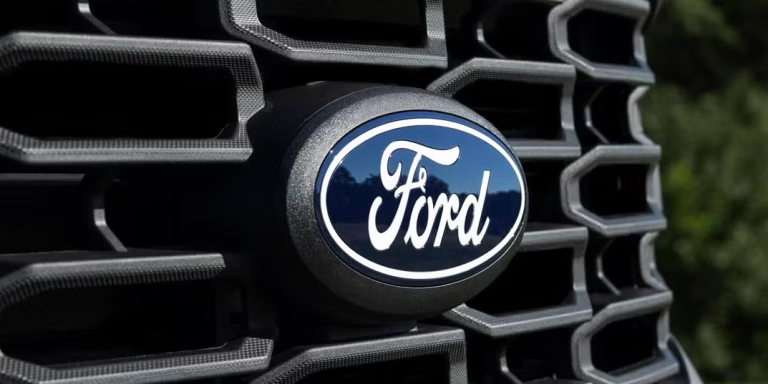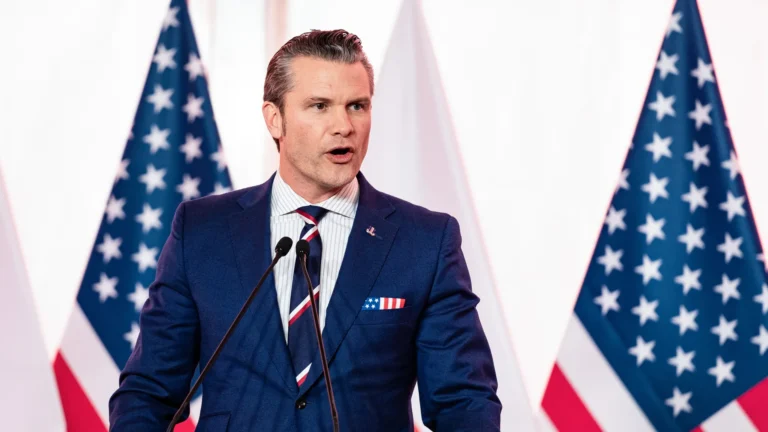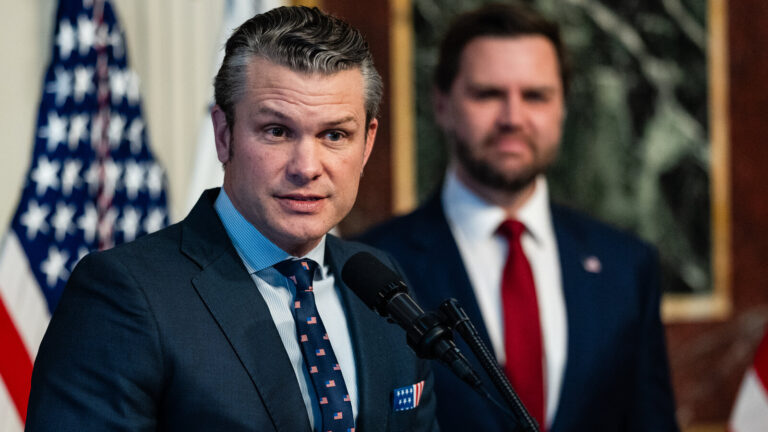John Crippen assumed leadership of the Hennepin History Museum in early September after a three-decade career at the Minnesota Historical Society.
Crippen has big plans for the museum, which is housed in a 100-year-old mansion half a block north of the Minneapolis Institute of Art. The Whittier museum currently receives about 5,000 visitors per year and offers rotating exhibits, community programming, a triannual magazine, and an archive library.
“We’ve got a lot of room for growth,” he said.
Crippen hopes to partner with other small museums like the Somali Museum of Minnesota on Lake Street and the African American Heritage Museum in North Minneapolis. He wants the museum to resume adding new objects to its collection. He’s considering expanding the museum’s building into the lot currently occupied by the St. Stephen’s Whittier Community Garden. And he’s discussing the possibility of introducing free admission as he seeks to increase attendance.
Crippen earned a master’s degree in museum studies from SUNY-Oneonta and has served as director of the Mill City Museum and director of Minnesota’s 31 state historic sites.
“That’s where I really got a sense of how a site in a museum can connect with and have meaning for a local community of people,” Crippen said.
Hennepin History Museum’s previous director, Cedar Imboden Phillips, left in late 2018 and is now a foreign service officer at the U.S. Department of State.
Crippen shared his plans for the museum in an interview with the Southwest Journal. It has been condensed and edited for clarity.
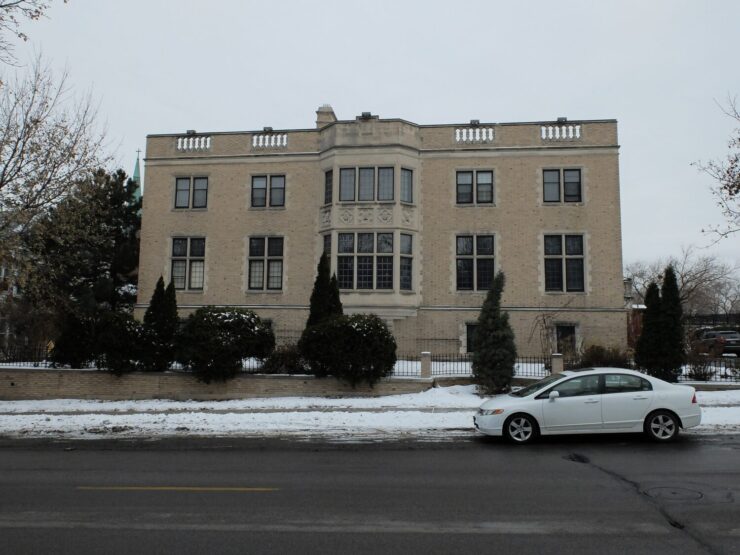
What programs have resonated with the community and what are you excited about for the future?
The Owning Up exhibit, where we talked about racial covenants of neighborhoods in Minneapolis, was our best-attended exhibit in the last couple of years. It hit a nerve with people because they didn’t think their community was built that way. It brought an audience of people of all kinds who say,
“This is a fascinating story about how our place was built and how policies from 60 years ago impact our lives today.”
So I want to build more things like that. We currently have a project researching stories of the building of I-35W as it plowed through South Minneapolis, and I want to expand that to 35W in the suburbs and its impact across Hennepin County.
I’m itching to do an exhibit on place names. The two big headlines in the last couple of years are both in Hennepin County, at Fort Snelling, and at Bde Maka Ska. I’ve had people ask me, “When does that stop?” My answer is it stops when we feel like we’ve done the right thing and we’ve got the right place names for our moment in time.
I’m excited about our upcoming exhibit this fall on women’s suffrage, which is approaching its 100th anniversary. It includes the story of Lavinia Coppock Gilfillan, whose portrait is in our stairwell, who was against the suffrage movement.
A hundred years later, we think, “Why did it take as long as it did?” and, “Of course, all the women were in favor of this.” But, no, they were not. I think it’s interesting to tease that out, especially in this contentious political time when people can’t understand how the other side thinks. It seems odd to us: “How could a woman not want the right to vote?” But let’s tell her story and see if we can understand that.
What are you collecting today to encapsulate the present moment?
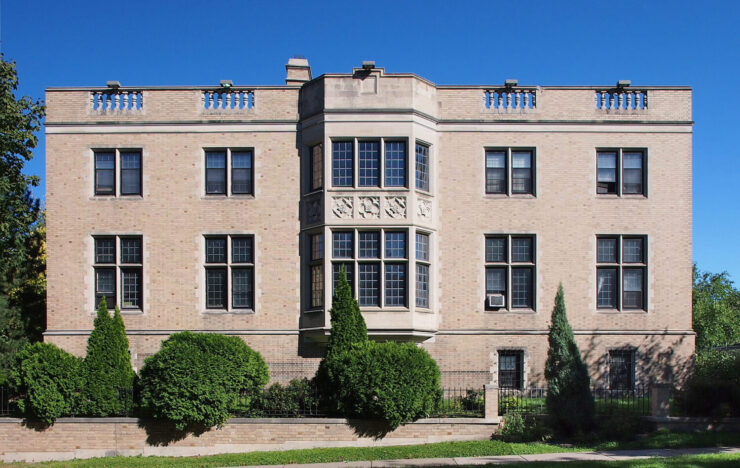
I think we’ve got some work to do on that. Because we are literally chock full in this building for the last couple years, we haven’t been actively collecting. We’ve got a strong collection from the late 19th and early 20th century Hennepin County — we are descended from the Minnesota Territorial Pioneers’ Association and inherited their collection. Aquatennial is a key strength.
I’d like to collect stuff from new residents of the county. I think immigration in the early 21st century is a huge story of the county. It’s another big wave of how the demographics are changing, and we want to document that. Plus things like popular culture — the Minneapolis music scene or you name it. We need to do some brainstorming and talking with the community to ask: What is going to tell the story for future generations?
The Hennepin History Museum is housed in the Christian Family Mansion. In 2017, the museum received a $75,000 grant to create a Historic Structure Report for the building. What’s the history of the mansion, what were the report’s findings and what repairs does the building need?
This house has now been Hennepin History Museum longer than it was ever a private residence. It was built in 1919, Carolyn [McKnight Christian] left in ‘57 and soon after it came over to us. We’ve had it and inhabited it longer than the original family.
We should own that and say, “This is a museum and let’s make it so.”
The good news is most of the repairs needed are a moderate priority, so we’ve got four or five years before we have to do a lot of them, but they’re coming. There’s a lot of deferred maintenance with the masonry, with the windows. Structurally, the building is sound, but almost everything around it needs a little TLC.
Over the next couple of years, we have to focus on our dreams for this museum and then put our building plan into action so we can be accessible to everyone. There isn’t an elevator, so that’s going to cap our growth until we can install one.
We’ve got a lot behind us, which we are currently loaning out to the neighborhood as a community garden. But we can put an addition on the back of this place, which would give us the storage space and better exhibit space we need.
You oversaw the Minnesota Historical Society’s living history programming, in which performers act out scenes from the state’s past. What are the strengths and weaknesses of this type of programming, and do you want to bring it to the Hennepin History Museum?
The strength is that it’s really evocative to see people in costume and a setting. It gives people a sense of time in a new way. But on the other hand, it’s impossible to recreate the past precisely — we wouldn’t recognize it if we saw it — and, frankly, that style of interpretation doesn’t suit everybody. It’s an acquired taste for some, and it’s limiting. It’s not always the best way to deal with a complicated and sometimes contentious history.
Would we do it here? I could definitely see us from time to time doing presentations, vignettes, characters who give a presentation and then a little Q & A. If you get the right character and the right message, it can really resonate with some folks.
What’s your capsule history of Hennepin County?
Of course, it started in Minneapolis. I spent four years as director of the Mill City Museum, and I’ve always been fascinated by why we have twin cities. It’s not just because there were two entities that couldn’t get along on opposite sides of a river. It really is all about the waterfall.
St. Paul was the head of navigation, you couldn’t get boats past St. Paul, so that became trade and commerce, and Minneapolis had the waterpower where you could do this huge industry for sawmilling and power. Then that radiated out.
The other fascinating thing for me is how much of Hennepin County for much of its history has been agricultural and rural. Obviously, in the last 50, and 60 years, the huge suburban boom is a story to tell as well.
The change from rural to suburban as it connects with the urban is fascinating. There are still farms in Hennepin County and, in that regard, it’s one of the more diverse counties in terms of resident type, economic type, and the stories you can tell around those things.
And Native history is interwoven throughout everything. The Native presence is an interesting one to grapple with because the Dakota view of this place is so radically different than the traditional white view of this place.
For one thing, Hennepin County is a construct of the settlers who came in. The Dakota story naturally radiates beyond the county borders. How do we engage with other people telling stories elsewhere around the region?

